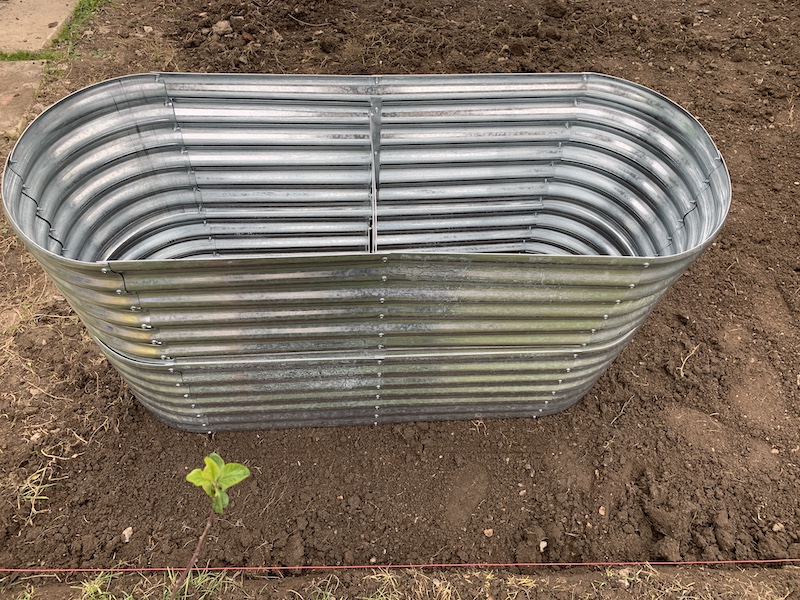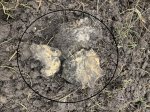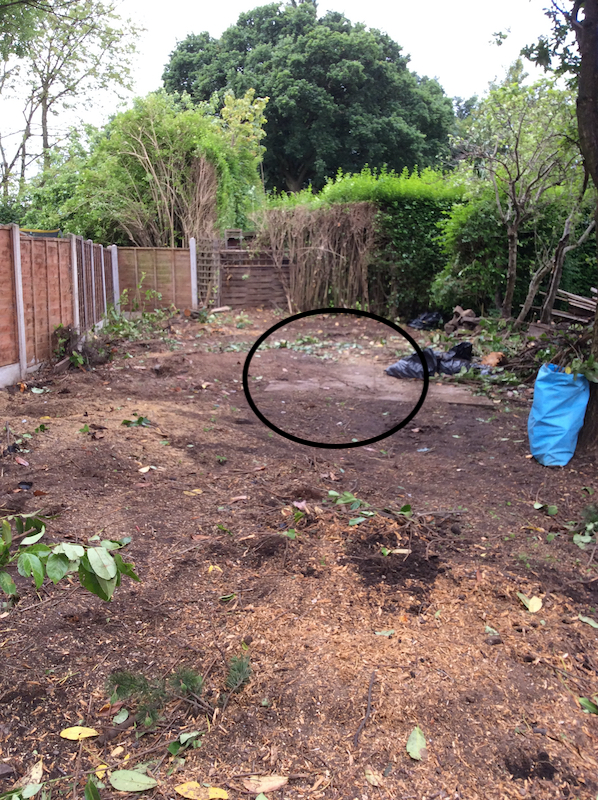Plant Roots
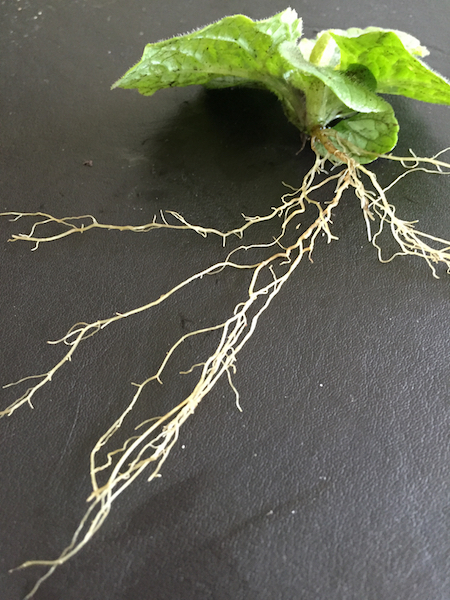
Plant roots have two functions, one is to anchor or fix the plant into the ground and the other is to take in the water and minerals found in the soil to the rest of the plant.
When looking and studying plants there are such complicated and scientific processes that occur in order that the plant gets what it needs to thrive and grow.
Nature never fails to amaze me.
Types of Plant Roots
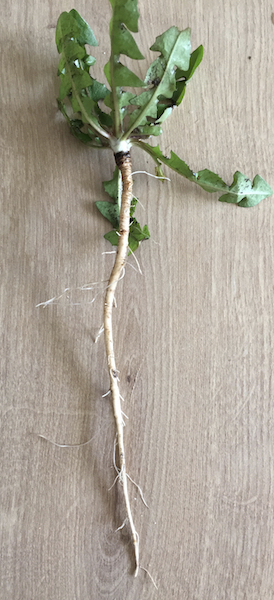
Plants have a main root or a taproot as it is known. This grows down deep into the soil in a straight line. Other roots then grow out from this main root.
Some vegetables are formed by the taproot getting bigger or swelling into a storage area for food, such as carrots and beetroot.
There are also fibrous roots which make up most of the plant root system and are like a mesh of fine roots.
Depending on the type of plant these can grow directly out of the base of the plant or from the taproot.
The very tip of these fibrous roots have extremely fine hairs that can intermingle deep between the soil particles.
Soil water and minerals are found in these particles and are brought into the plant via the roots by Osmosis.
What is Osmosis?
This is the movement of water through a semi permeable membrane from an area that has a high concentration of salts and minerals to an area that has low concentration.
In the case of plants the cell wall is the semi permeable membrane that allows certain sized particles through such as water and things that are soluble in water but keeping out larger unwanted particles. The roots are usually more concentrated in these salt and minerals than the soil so will pull or absorb the water into them.
It is really like making a balance of water between two sides so that both sides are equal at that point.
The opposite can also happen if the plant is placed in soil that has a high salt and mineral content. Water can the be pulled back into the soil causing the plant to wither.
Removing Plants and Weeds
When clearing any ground from unwanted plants and more importantly weeds, you need to try and dig underneath the plant and lift it out of the earth with all its roots.
In the case of the Ivy and similar plants if there is a little bit of root left then a new plant can begin to grow. The Ivy plant will have its main root system possible away from where you are removing it as it has trailing stems that will spread along the ground. As this stem meets the earth more roots will grow thus spreading the plant.
If unwanted plants or weeds are just pulled out then the good root system will survive and more will grow. The digging may take a few times to get rid of all the roots but that is probably the best way to get weeds and unwanted plants out.
It is hard work but quite satisfying when it has been done.
